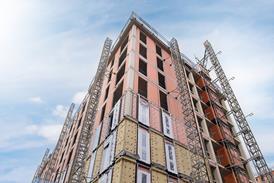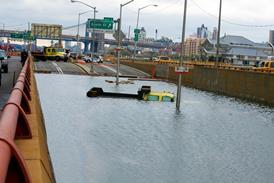In none of the cases we examine do the designers and contractors intend to cause loss of life. We're tempted to ask: How could they have done that? But on the ground, in the fray, one's vision is always partial. Nor do bad decisions take place in laboratory conditions. When the Hyatt Regency disaster happened, America was in recession and the pressure to get jobs done quickly was huge. In Australia the West Gate Bridge collapsed at a time when labour unrest was rife. Strikes prevented the original contractor from carrying out the work. This is not to excuse professional lapses, but it should prevent us from being smug. We're all capable of bad decisions, and the pressurised world of construction is a bad-decision breeding ground.
The only thing that can really prevent these disasters is a calm, ordered and professional approach. Poor supervision links all the cases we examine. Unchecked drawings, untested assumptions, unasked questions and unchallenged egos – good management handles them all.
As Chris Blythe writes on page 10, there will be some of us who've sailed too close to the edge, been lucky, and made sure it didn't happen again. He reminds us that central to being a "professional" is knowing when we're out of our depth.
It has been a few years since this country suffered a major and fatal structural failure. We forget they happen. But the Charles de Gaulle Terminal 2E roof collapse should remind us of the CIOB motto's injunction to act "diligently and faithfully".
On a lighter note, it's summer. If you're able to get away, we hope you have a good break. See you again in September.
Source
Construction Manager





















No comments yet